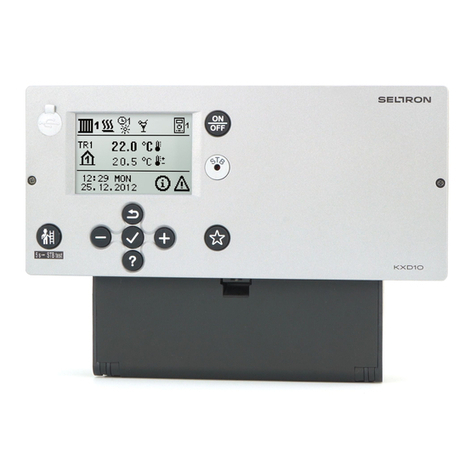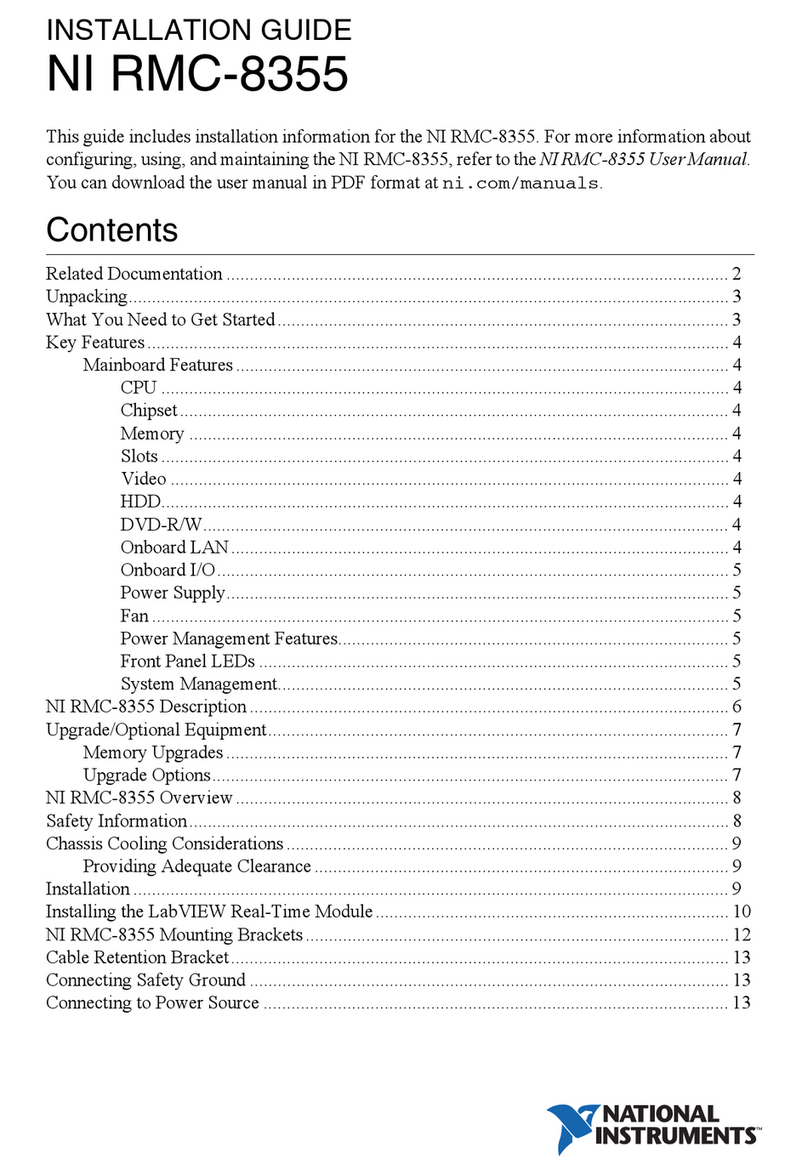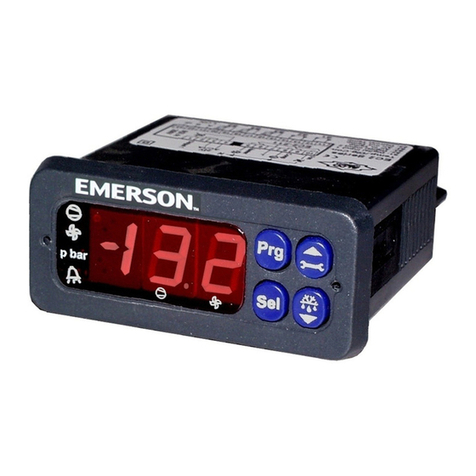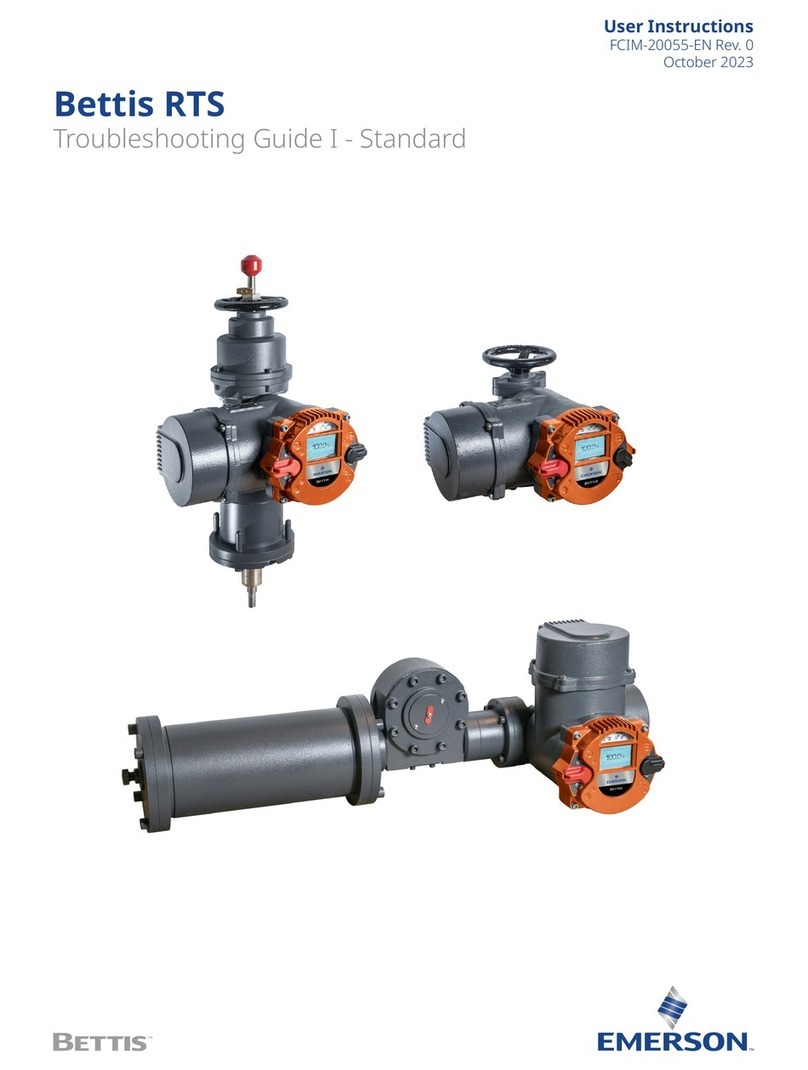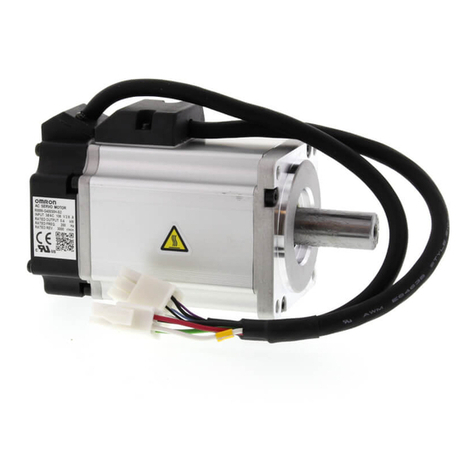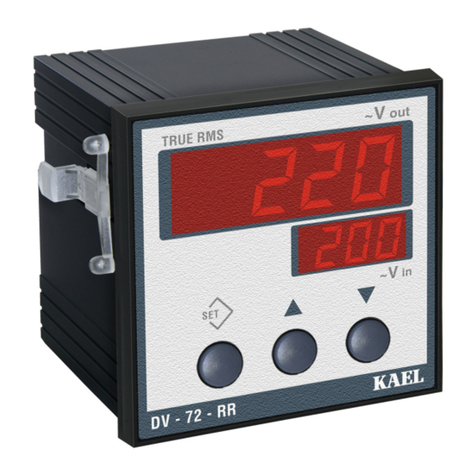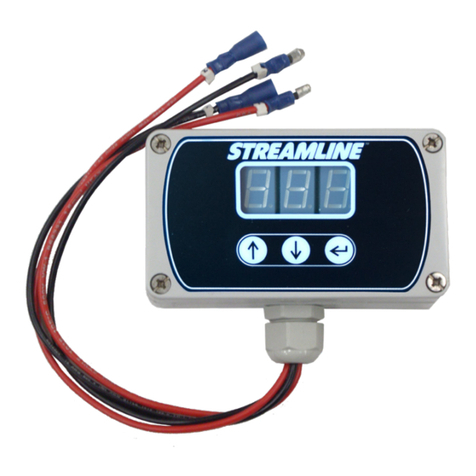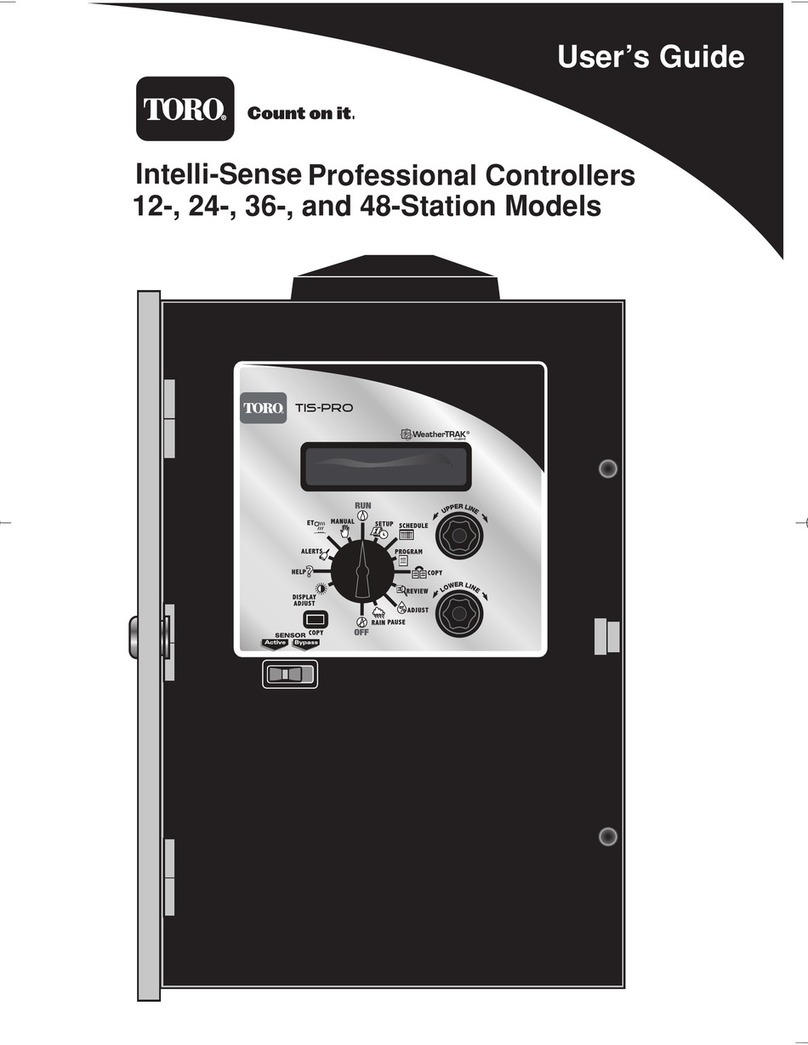Blindleistungsregler BR 604 User manual

Power Factor Controller
BR 604
Manual
Version 3.0 E
Power Factor Controller
BR 604
21 3 4
Program Enter

Version 3.0 E; 2021
!
CAUTIONS:
1. High voltage !
2. BR604 may only be used indoor !
3. Make sure that discharge time set in controller
matches capacitor discharge time !

CONTENTS
Section 1 General 4
Section 2 Installation of the controller 6
2.1 Current measurement
2.2 Fault messages
Section 3 Operating modes and programming 8
3.1 Automatic operation / display functions
3.2 Programming
3.3 Programming lock 12
Section 4 Manual operation / Fixed stages 13
Section 5 Service menu 14
Section 6 Expert mode 14
Section 7 Initial operation 15
Section 8 Control principle 16
Section 9 Troubleshooting 17
Section 10 Maintenance and warranty 18
Section 11 Technical data 19
Annex: Annex 1 Table of phase-shifting 18
Annex 2 Table of control series 20
Annex 3 Default settings 21
Operating diagram (Brief programming) 22
- 3 -

Section1 General
BR 604 is distinguished by user-friendly operation based on menu-
guided displays in plain text. Its new features permit an intuitive mode
of operation. Easy-to-understand symbols and texts in the local
language combine simplest operability with self-evident displays.
The display of diverse line parameters as well as storage of various
values of the compensation network permit simple fault analysis and
system monitoring.
BR 604 contains a number of additional features:
þ4 switching outputs (depending on the version)
þ23 pre-programmed control series with a self-optimized
intelligent control response
þComplete menu-guided operation and display
þGraphic display with 2 x 16 characters
þFour-quadrant operation
þDisplay of various line parameters (V, I, Q, P, S...)
þStorage of maximum line-parameter
þManual / automatic operation
þProgramming of fixed stages and the option of skipping
individual outputs
þNo-voltage turn-off
þFault messages
þSwitchboard-integrated housing 100x100x40 mm
- 4 -

The controller is supplied for a voltage of 230 VAC (L-N), 50/60 Hz and
a measuring current of 5A or 1A (programmable). A voltage converter
is required for different operating voltages. Operating voltage =
measuring voltage !
Caution!
Voltages which exceed the allowed voltage range
can damage the device !
Fig. 1 BR 604 front view
Operating mode
- Automatic
- Programming
- Manual operation
- Service
- Expert mode
Increase
selected
parameter
Power Factor Controller
BR 604
21 3 4
Program Enter
Enter / ok
confirm and
store values
Reduce
selected
parameter
- 5 -
!

Section 2 Installation and connection of the controller
The BR 604 is designed to be incorporated into the front panel of a PFC-
cabinet. It requires a switchboard section of 92 x 92 mm to DIN 43 700.
The controller is inserted from the front and is attached by means
of the appended clamps.
Before the BR 604 is connected up, all leads and cables must be
checked to ensure that no current is flowing through them and the
current converter must be short-circuited. Care should be taken to
ensure that the measuring voltage and current are in the correct phase
position. The measuring-current circuit must be wired with copper
2
leads of 1.5mm . The connection should be set up as shown in Fig. 2.
The specified safety regulations must be observed.
Fig. 2: BR 604 Connection plan
L1 (R)
L2 (S)
L3 (T)
N
meas.c u rrent
Im (5A/1 A )
1. capac i tor
branch
supply- a nd
meas. Voltage
Vb k l
1 2 3 4
Capacitor conta c t o rs 1-4
Po w er factor
controlle r B R 604
T 6,3 A
PE
K1
Vb Im
L N k l
- 6 -

2.1 Current measurement
When installing the current converter, care should be taken to ensure
that the load current flows through it. The outputs of the compensation
network must be installed behind the current converter (in the
direction of current flow). If the BR 604 is connected up via sum-
current converters, the overall conversion ratio is entered.
kK k K
lL l L
Feed 1 Feed 2
K L K L
Measurement via sum current converter
BR604
Current
measurement
k l
k l
- 7 -
Example:
C.converter 1: 1000/5A
C.converter 2: 1000/5A
Sum-current converter: 5A+5A/5A
C.converter ratio is: 2000/5A

2.2 Fault messages
The fault is shown on the display in plain text (alternating with the
standard display in automatic operation). The following fault messages
are displayed:
þUNDER-COMPENSATED
þOVER-COMPENSATED
þOVERCURRENT
þOVERVOLTAGE
þUNDERVOLTAGE
þ
Section 3 Operating modes and programming
When the operating voltage is switched on, the BR 604 briefly displays
its designation and software version, then changes to its normal
operating status (automatic operation). The active cos-phi value is
always displayed in the upper line and the currently connected
capacitors are shown as symbols in the lower line (operating display).
MEASURING CURRENT <
Automatic operation
Display of active power-line cos phi
Active capacitor
branches
Control direction
(here connected-in)
Supply display (for
4-quadrant operation)
The control direction is symbolized
by a closed arrow
The connecting-in arrow is always
located after the maximum possible
number of stages (end stop)
An open arrow indicates that the
required blocking time (discharge
time) is running before an impending
switching step
A double arrow symbolizes fast
switching of several branches
Connecting-in
Connecting-out
21 3 4 5 6 7 8 9
10
11
12
- 8 -
cos =0.98 IND
j
5s

3.1 Automatic operation - display functions
The BR 604 is set to automatic operation as standard. Capacitor stages
are then automatically connected in or out in order to reach the target
power factor. This happens when the required reactive power exceeds
the value of the smallest capacitor stage.
In automatic operation, various network parameters can be displayed
by repeatedly pressing the "ENTER” key:
Action Display
ENTER 1 LINE VOLTAGE in V
ENTER 2 APPARENT CURRENT in A
ENTER 3 REACTIVE POWER in kvar
ENTER 4 ACTIVE POWER in kW
ENTER 5 APPARENT POWER in kVA
ENTER 6 DIFF. kVAR TO TARGET COS
ENTER Software version
ENTER Return to: 1 LINE VOLTAGE
The power value specifies the total power (3-phase) assuming
symmetrical load. If no key is pressed for 60 seconds, the display
automatically returns to the operating status!
3.2 Programming
Pressing the "Operating mode” key once takes the user from automatic
operation to Programming mode. Parameter 1 ( I-CONVERTER) is
reached by pressing "ENTER”.
The upper display always shows the parameter and the lower one the
set value. The values are changed by pressing the é / ê keys.
Subsequent pressing of the "ENTER” key stores the value and takes the
user to the next parameter.
To quit programming mode in any step, press the "Operating mode”
key.
Repeated pressing of the "Operating Mode” key takes the user to the
various menus in sequence: Automatic operation - Programming -
Manual (manual operation)- Service - Expert mode and back.
- 9 -

0 LANGUAGE SELECTION: This selects the language of the
operating menu ( English, German, Spanish, Portuguese) )
1 I-CONVERTER PRIM: This selects the primary current of the
current converter. Adjustment is via the é / ê keys.
(5...7500A) Save and continue with ENTER
2 I-CONVERTER SEC: This sets the secondary current of the current
converter.(5A or 1A possible). Selection via é / ê. Save
and continue with ENTER
3 END STOPP: By setting the end stopp, the number of active
capacitor branches is matched to the respective
capacitor bank. This is done via the é / ê keys. The visible
symbols of the capacitors correspond to the connected
outputs. The setting is confirmed and saved with ENTER.
4 CONTROL SERIES: The ratio of the capacitor branch powers
determines the control series, the power of the first
capacitor always being assigned the value 1. The control
series required for the compensation network is again
selected via the é/ê keys. The selected series is entered
with the ENTER key, which also takes the user to the next
step.
5 CONTROL PRINCIPLE: Control preference may be selected here:
þSEQUENTIAL connection
þLOOP connection
þINTELLIGENT loop connection (default )
See Section 8 for an explanation of the various control
modes.
Selection with é / ê keys and confirmation with ENTER
leads to the next point:
6 POWER 1. STAGE: To determine the controller's response
sensitivity, the dimensions of the network's smallest
capacitor (stage 1) must be known. They are entered in two
steps in kvar. The integral kvar values (before the comma)
are initially selected via the é / ê keys and saved with
ENTER. The positions after the comma are then selected,
again via the é / ê keys. Saving with ENTER..

7 TARGET COS PHI: By setting the target cos phi, the power factor to
be attained via the PF correction is defined. It is also set via the é
/ ê keys. The range may be selected from 0.3 inductive to 0.3
capacitive. Confirming and saving the value with ENTER leads to
the next point.
8 CONNECTING TIME: This refers to the time between connecting
the capacitors to increase the momentary network capacitance. It
should be noted that in practical operation the real connection time
is affected by the discharge time (locking time).
Setting range: 1 ...255 sec.
Default setting: 40 sec.
Selection is performed via the é /ê keys. Continue with ENTER
9 DISCONNECTING TIME: This refers to the time between
disconnecting the capacitors to reduce the momentary network
capacitance.
Setting range: 1 ...255 sec.
Default setting: 40 sec.
Selection is performed via the é /ê keys. Continue with ENTER
10 DISCHARGE TIME: This is the time for which an individual output
is blocked between connecting and disconnecting. This blocking
time has priority over connecting and disconnecting times. It
depends on the capacitor discharge rating and thus is specified by
the compensation network. The discharge time of a conventional
network without additional fast-discharge resistors or chokes
should be set to no less than 40 seconds.
For setting of a second discharge time see 'Expert Mode' point 10
Setting range: 1 ...255 sec .
Default setting: 60 sec.
Selection is performed via the é /ê keys. Continue with ENTER
- 11 -

CONTRAST
The display contrast can be changed with this menu point.
The contrast depends to a certain degree on the
viewpoint of the observer, i.e. on the insertion height of the
equipment in the switching cabinet. The é /ê keys can be
used to set an optimal contrast. The contrast
changes after a slight delay.
BASIC SETTING: Selection YES / NO
When the selection is made with YES and confirmed with
ENTER, all parameters are reset to the basic setting made by
the PFC-system manufacturer.
(Optimal network values when the controller was supplied
with a complete PFC-system). If the controller is supplied
from the works, this point corresponds to the default setting.
CAUTION: All user settings are lost!
Programming is now completed. The controller has returned to point 1
of the programming menu.
3.3 Programming lock
The BR 604 is equipped with a programming lock to ensure protection
from unauthorized or inadvertent changes to the system parameters.
The lock can be activated in expert mode. If the lock is active, all
parameters can be checked but not changed.
- 12 -

Section 4 Manual operation, Programming of fixed stages
I n m a n u a l o p e r a t i o n , c a p a c i t o r b r a n c h e s c a n b e
connected/disconnected in the set control series and switching
time - irrespective of prevailing power-line conditions. The starting
condition is STOPP (no stages connected). Connections are made by
pressing the é key. Pressing ê initially leads back to STOPP mode.
Repeated pressing of ê leads to the disconnection of stages. The
active operating status and active power factor are always shown on
the display (self-explanatory).
Pressing ENTER takes the user to the menu point "Programming of fixed
stages”. In the normal case, all stages are programmed for automatic
operation (default setting).
In special cases, controller outputs may be permanently defined in
succession (continued switching via ENTER) for the following statuses:
AUTO: Automatic (normal) operation. Output marked by a
capacitor symbol.
FIXED: The output is continuously connected, e.g. for fixed PFC.
The output is marked by an underlined capacitor symbol.
OFF: The output is continuously disconnected. The capacitor
symbol for this output is faded out. Underlining appears.
The active stage is marked by blinking. The required status is set via é
/ê. Save by pressing ENTER, and move to the next stage.
The programmed statuses for the outputs also remain visible on the
display in automatic operation.
After the required settings have been made, pressing the "Operating
Mode” key takes the user to the next menu ("Service”) or further to
"Automatic Operation”.
Currently selected stage blinks
Setting of fixed stages
Manual operation
- 13 -
1 2 3 4 5 6 7 8 9
10
11
12
STOPP C 0.98 CAP
1 2 3 4 5 6 7 8 9
10
11
12
C1: AUTO

Section 5 Service menu
The service menu is reached by the operating-mode key.
Action Display
ENTER 1 max. VOLTAGE in V
ENTER 2 max. REACTIVE POWER in kvar
ENTER 3 max. ACTIVE POWER in kW
ENTER 4 max. APPARENT POWER in kVA
Section 6 Expert mode
Expert mode is used to set values which remain unchanged for normal
operation. This level has an access code to protect it from improper
operation.
The stored maximum values of the network parameters can be
displayed here.
ENTER 5 max. Value RESET
ENTER Back to 1
1 PASSWORD 6343
2 BASIC SETTING NEW [NO]
(available: NO/YES)
Storage of active programming as a new basic setting (usually
performed by the PFC-system manufacturer). Caution: The
original values are overwritten in the process!
- 14 -

3
[L1] - L1 - N Adjustment of current phase
position
4 PHASE V [0°]
L1 - [L1 - N] Adjustment of voltage phase
position
Phase correction between voltage and current in the measuring
system. (see table 1 at page 18)
This setting allows to measure also in systems without neutral.
However, the measuring voltage may not exceed 300 V
(if necessary, a voltage converter must be used).
5 INTEGRATION TIME [1] s (1...255 sec.)
The integration time (the time required to form the mean values
of a measurement) can be changed for special applications.
6 TRIGGER VALUE [66] % (30...100 )
Threshold for switching on of next stage. It should not be changed
in the normal case!
7 SWITCHING POWER max [100] kvar
(multiples of the smallest stage)
This factor specifies the maximum power which may be switched in
one switching step. It can be used to control the intelligent control
system, which switches several stages as a function of the power-
factor requirement.
8 PROGRAM LOCK [NO] (NO / YES )
9 CONTROL [3] PHASE ( 3/1 )
PHASE I [0°]
Section 7 Initial operation
The controller must have been installed before being set up and
operated. All network-specific parameters are fully programmed as
described in Section 3.2 (Programming) by being entered in sequence
and stored. The controller is then set to automatic operation with the
operating mode key. It is now ready for operation.
- 15 -

Section 8 Control principle
The control response of the BR 604 can be selected in programming
mode. In principle, the controller has 3 different control modes:
1. Sequential connection
In sequential connection, the required capacitor stages are
successively connected and disconnected in stages (last in - first
out). The ranking of each step always corresponds to the power of
the smallest stage.
Advantage: Exact definition of the next capacitor to be
connected in each case
Disadvantage: Long settling time
In order to shorten the settling time, the BR 604 switches
several stages simultaneously for a large power-factor
requirement. This applies to all control types. The
maximum dimensions of the simultaneously switching
branches can be changed in expert mode.
2. Loop connection
In this variant, the controller operates in loop mode (first in - first
out) which minimizes the wear on the capacitor bank, i.e. where
stages are of equivalent dimensions, the stage which was
disconnected for the longest period of time is always connected
next.
Advantage: Balanced utilization of equivalent stages and thus an
increased operating life of the capacitor bank.
Disadvantage: This mode can only be used in control series with
groups of the same stage power.
3. Intelligent loop connection (default setting )
The intelligent control principle combines the advantages of the
network-sparing loop connection (first in - first out) with a much
faster settling time, even for large load skips, and reaches this
goal with the fewest possible switching operations of the capacitor
stages. The optimized time response is achieved by the
simultaneous switching of several or larger capacitor groups as a
function of the missing power factor in the power line. Both the
number of real switching frequencies of the capacitors as well as
the turn-on times of the branches are considered.
Advantage: Reaches the target cos phi in a fast-optimized
settling time with a low switching frequency of the capacitors.
- 16 -

At target cos phi=1 and inductive
load, switch-off or connection of
capacitor in the corrected line
Supply / Drawing mismatched
Wrong line cos phi is
Displayed
Display:"UNDER CURRENT”
Display: "OVERCURRENT”
Display: "UNDERCOMPENSATED”
Display: "OVERCOMPENSATED”
Stages are disconnected for an
inductive line or connected for a
capacitive line
The controller does not connect all
stages
In automatic operation, individual
stages are not connected or
disconnected
In strongly asymmetrically loaded
lines, differences may occur
between control response and
power-factor measurement, as the
power factor is measured in single
phase.
Check terminals of the measuring voltage
and current (l and k)!
Check phase position
Current in measuring range?
Line interruption?
Wrong current-converter factor?
Current transformer short-circuited?
Check current-converter ratio
Go through measuring current range
Check connection and phase position!
Compensation network sufficiently
dimensioned?
Check connection and phase position!
Capacitive grid, although all stages
disconnected
If a target cos phi is set which deviates
from 1 despite an inductive line load, the
display <- (disconnect stages) may light
up. The arrows indicate the control
direction and not the line conditions.
Check END STOPP!
Check whether individual stages are
programmed as fixed stages or OFF in the
"Manual operation / Fixed stages” menu!
Line measurements allow the most
favorable phase for measuring the power
factor to be determined. The current
converter is set accordingly for the
measuring current.
Section 9 Troubleshooting Check / Solution
- 17 -

- 18 -
Section 10 Maintenance and warranty
The BR 604 should need no maintenance if the operating conditions are
observed. However, it is recommended that a functional check of the
controller be performed in conjunction with the regular checking of the
capacitor bank. In the event of any interventions in the controller
during the warranty period, all warranty claims lapse.
Annex 1:
Phase correction between voltage and current in the measuring
system. ( compare with expert-mode: programming of phase shifting)
meas.current meas.voltage phase angle
L1 L1 - N --- 0°
L1 (k<->l) L3 - N --- 300°
L1 L2 - N --- 240°
L1 (k<->l) L1 - N --- 180°
L1 L3 - N --- 120°
L1 (k<->l) L2 - N --- 60°

Outputs
Switching power of relay
Number of outputs
Operation and display
No of control series
Control principle
Supply and
Measuring voltage
Measuring current
Power drawn
Sensitivity
Target cos phi
Connecting time
Disconnecting time
Discharge time
Fixed stages/ skipped stages
No-voltage trigger
Display of power-line
parameters
Storage of maximum values
Accuracy
Housing
Weight
Operating temperature
Protection type to DIN 40 050
Safety guidelines
Sensitivity to interference
4
250 VAC, 1000 W
Programmable
Graphic display 2 x 16 characters with
convenient operating level
23
Sequential connection, loop
connection,self-optimized switching
response, Four-quadrant operation
230 VAC, 50 / 60Hz ( L-N )
Phase - shift possible
X : 5 / 1A selectable
< 5 VA
40 mA / 10 mA
0.3 inductive to 0.3 capacitive
Selectable from 1 ...255 sec.
Selectable from 1 ...255 sec.
Selectable from 1 ...255 sec.
Programmable
Standard
Power factor, V, I, Q, P, S …
Voltage, reactive power, active power,
apparent power
Current / voltage: 1%
Power: 2%
Switchboard-integrated housing
DIN 43 700, 100 x 100 x 40 mm
0.5 kg
-10 to +60°C
Front: IP 54, Rear: IP 20
IEC 61010-1:2001
EN 50082-1
IEC 61000-4-2: 8kV
IEC 61000-4-4: 4kV
Section 11 Technical data
- 19 -

No.
1
2
3
4
5
6
7
8
9
10
11
12
13
14
15
16
17
18
19
20
21
22
23
Control series
1 : 1 : 1 : 1
1 : 2 : 2 : 2
1 : 2 : 2 : 3
1 : 2 : 2 : 4
1 : 2 : 2 : 5
1 : 2 : 2 : 6
1 : 2 : 3 : 3
1 : 2 : 3 : 4
1 : 2 : 3 : 5
1 : 2 : 3 : 6
1 : 2 : 3 : 7
1 : 2 : 4 : 4
1 : 2 : 4 : 5
1 : 2 : 4 : 6
1 : 2 : 4 : 7
1 : 2 : 4 : 8
1 : 1 : 2 : 2
1 : 1 : 2 : 3
1 : 1 : 2 : 4
1 : 1 : 2 : 5
1 : 1 : 1 : 2
1 : 1 : 1 : 3
1 : 1 : 1 : 4
Loop
connection
Possible
Possible
Possible
Possible
Possible
Possible
Possible
Possible
Possible
Possible
Possible
Possible
Possible
Possible
Possible
Possible
Possible
Possible
Possible
Possible
Possible
Possible
Possible
- 20 -
Annex 2: Table of control series
Table of contents
Popular Controllers manuals by other brands
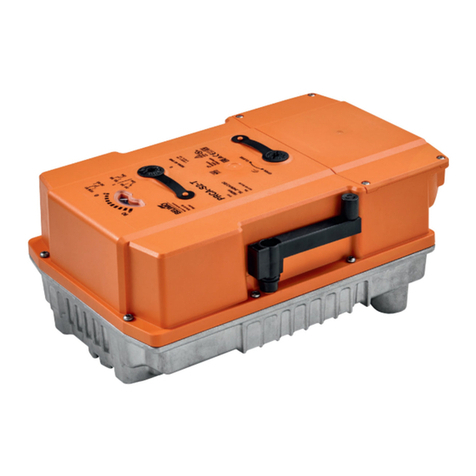
Belimo
Belimo PRCA-S2-T Technical data sheet
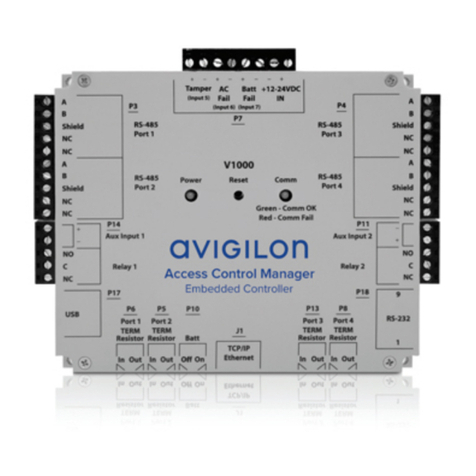
Avigilon
Avigilon AC-HID-LSP-ACMEC-KIT4 installation guide
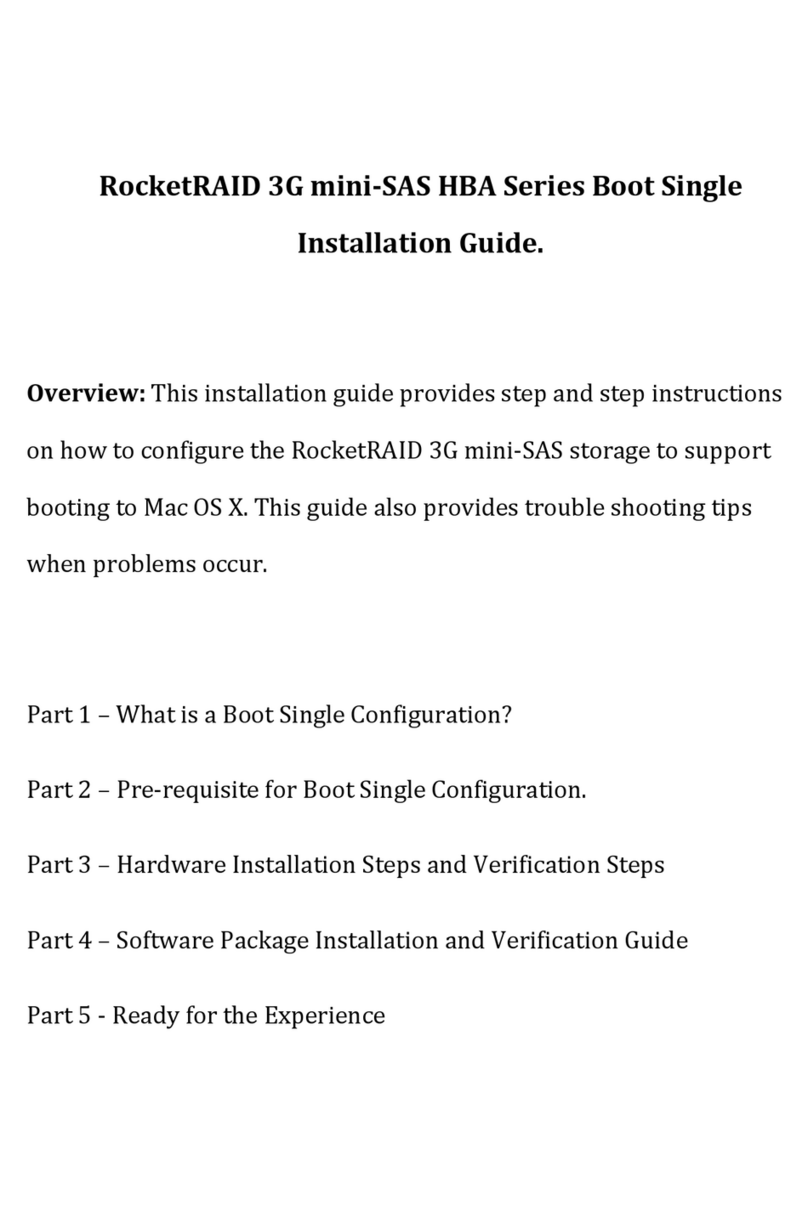
HighPoint
HighPoint RocketRAID 3G mini-SAS HBA Series installation guide
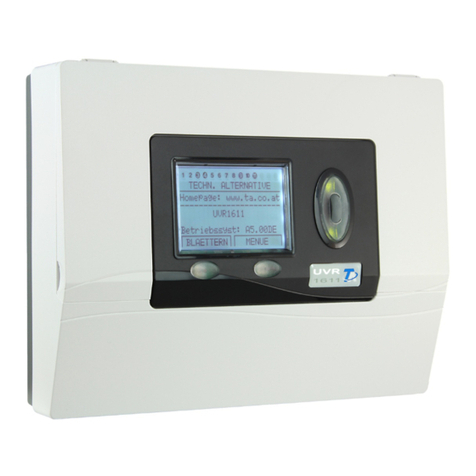
Technische Alternative
Technische Alternative UVR1611K-N-D Operation,programming and installation instructions
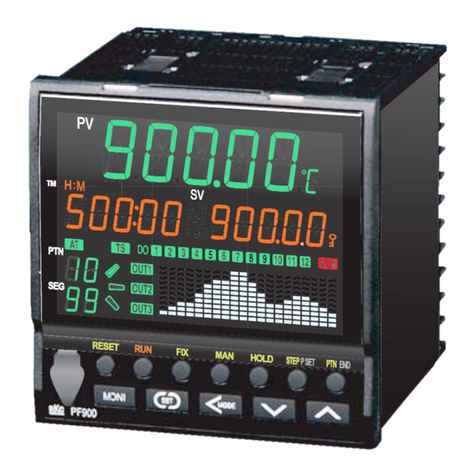
RKC INSTRUMENT
RKC INSTRUMENT PF900 Quick operation manual
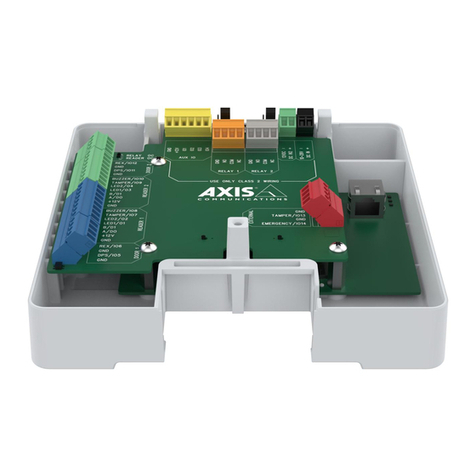
Axis
Axis A1610 user manual


